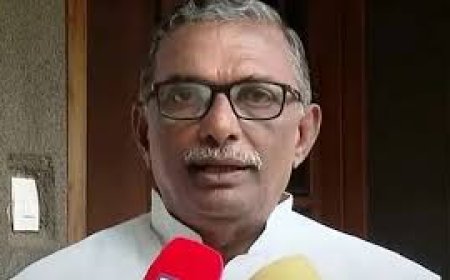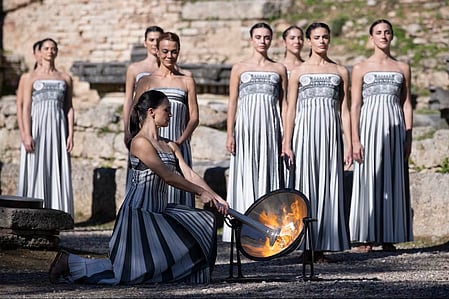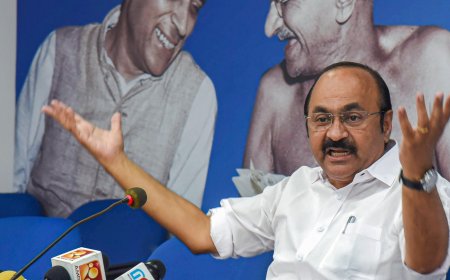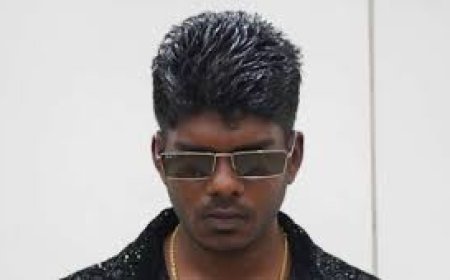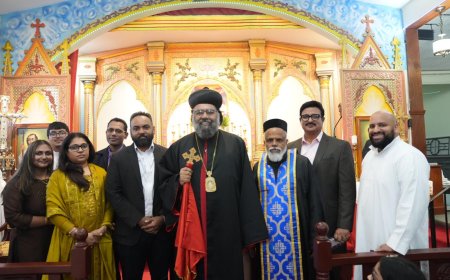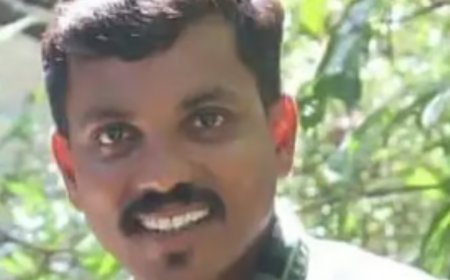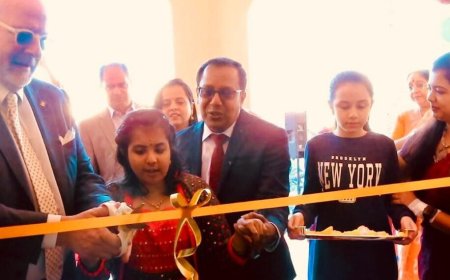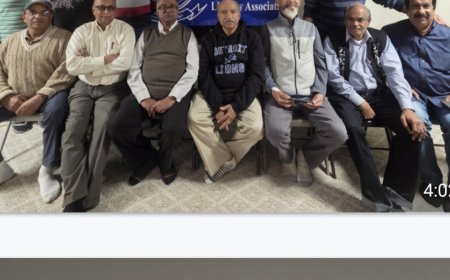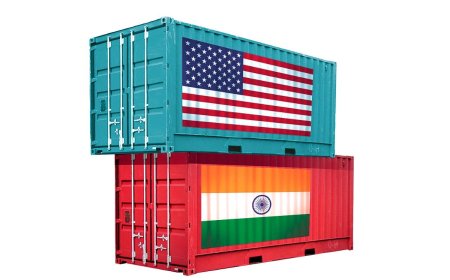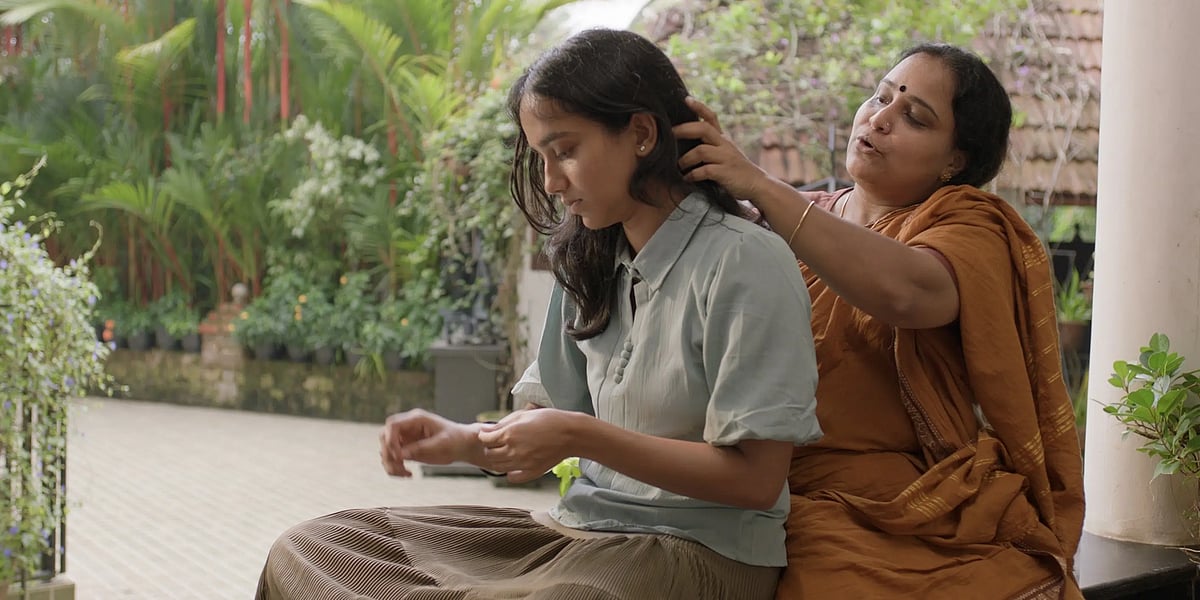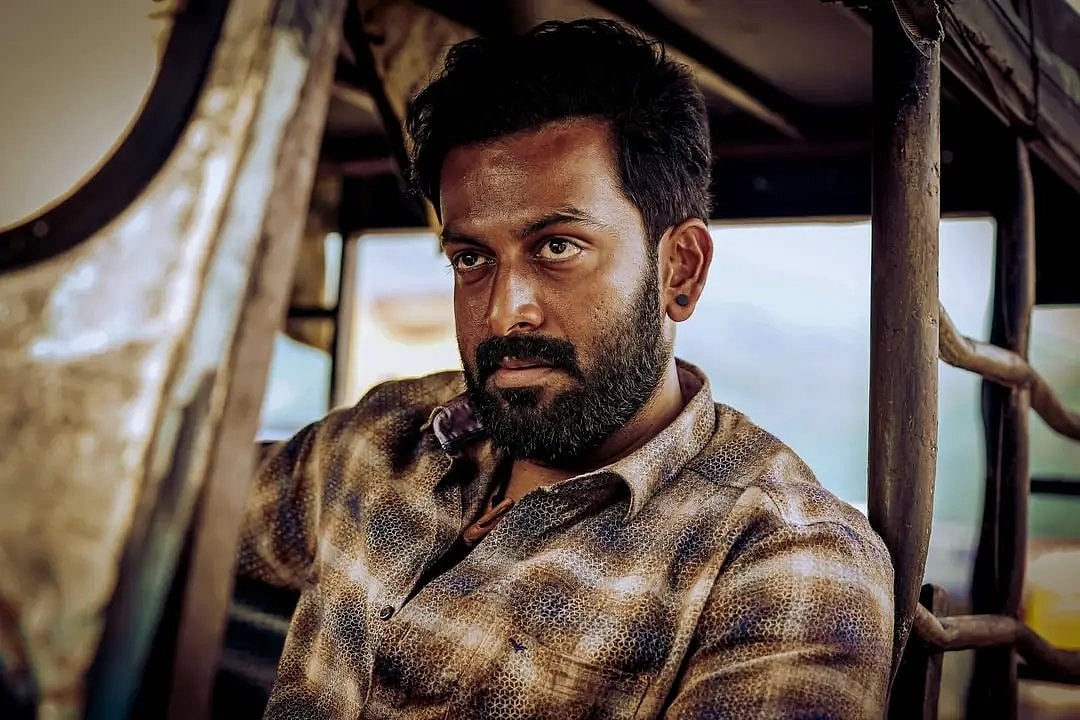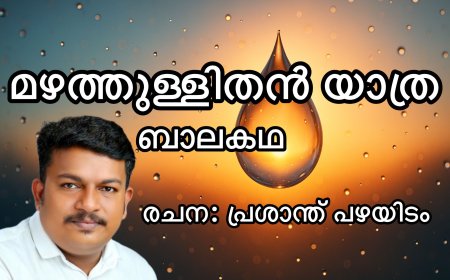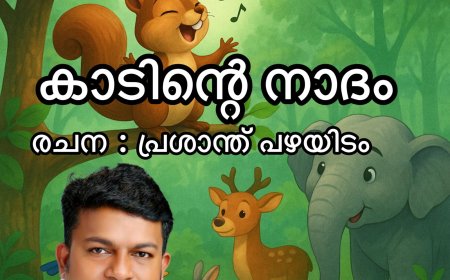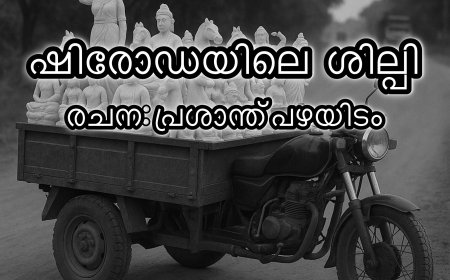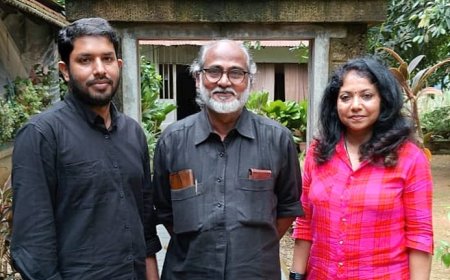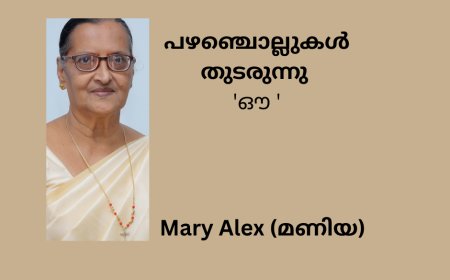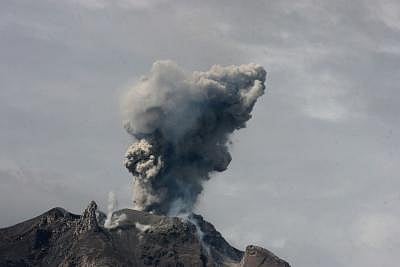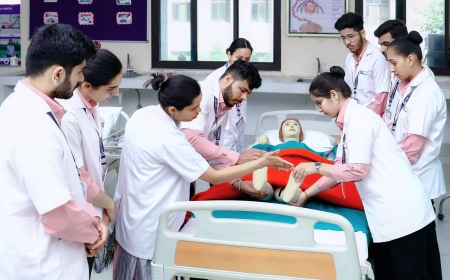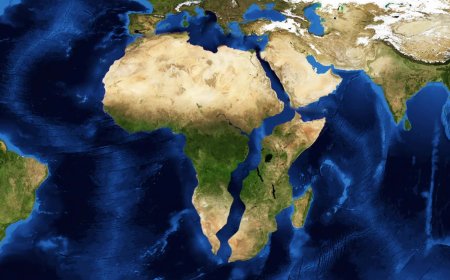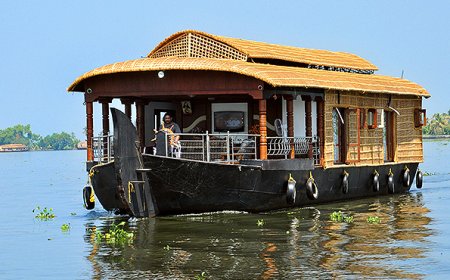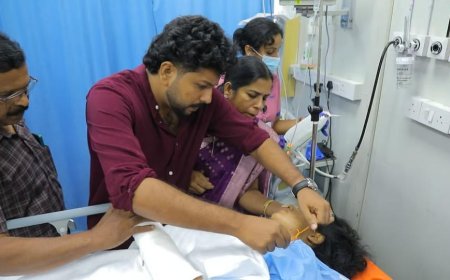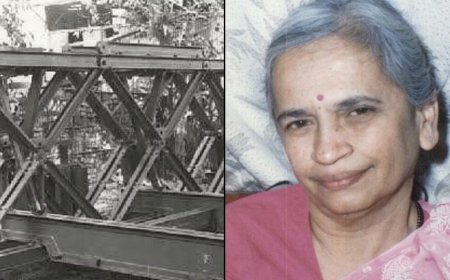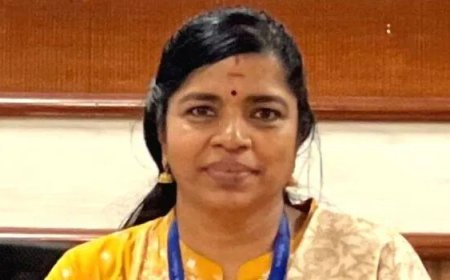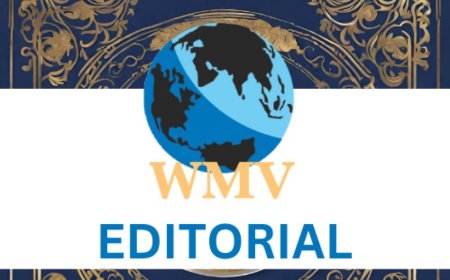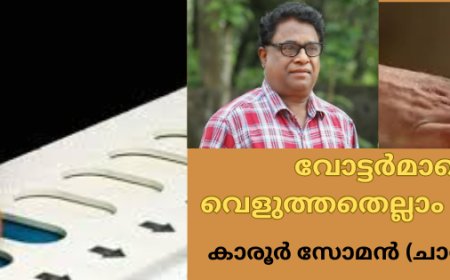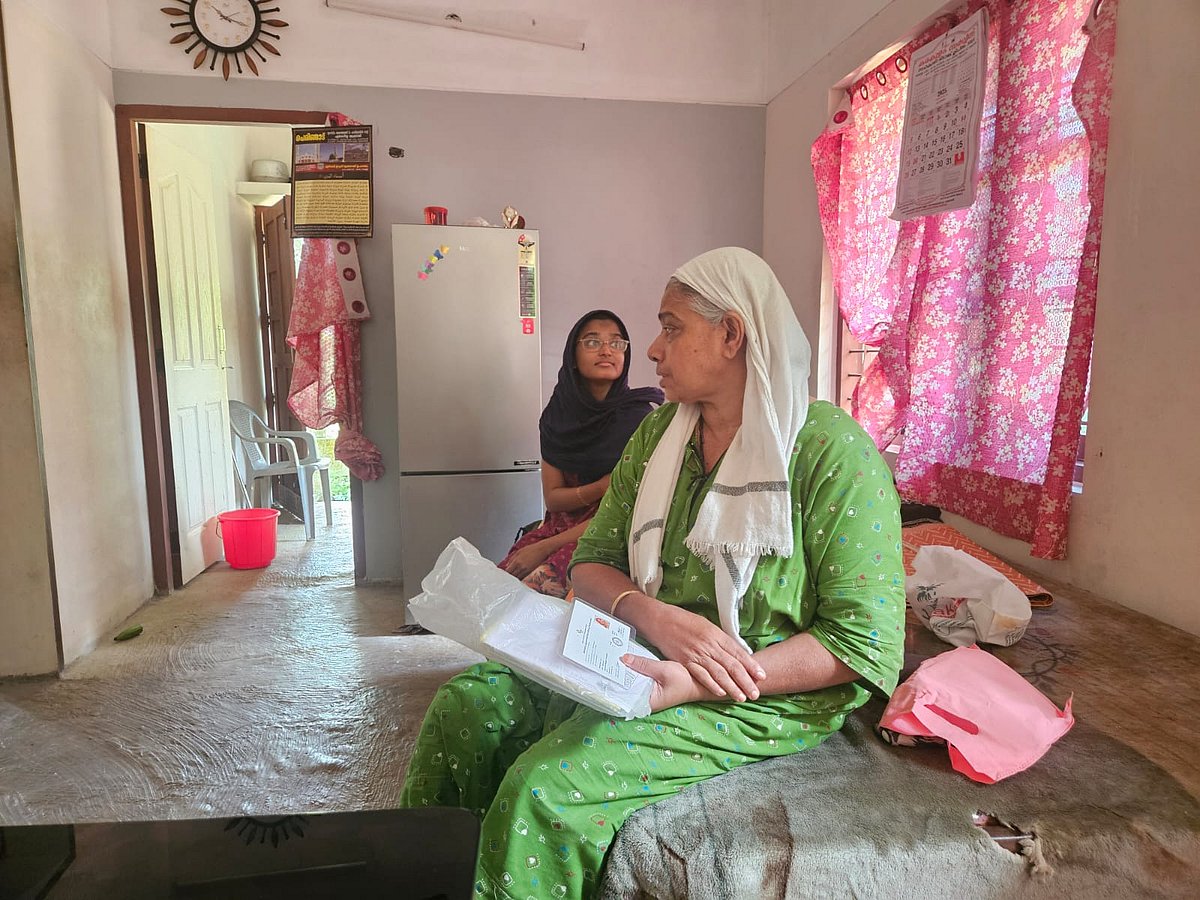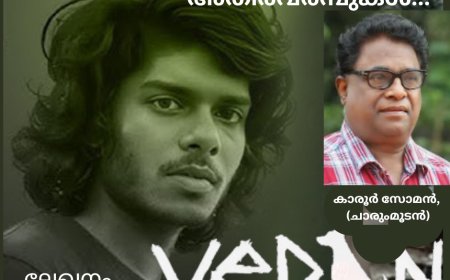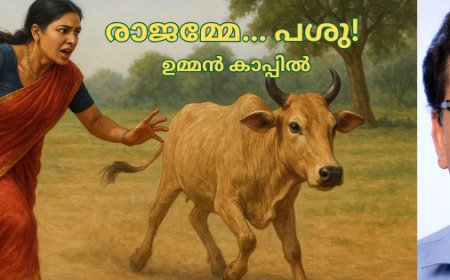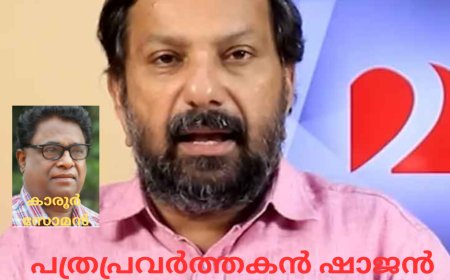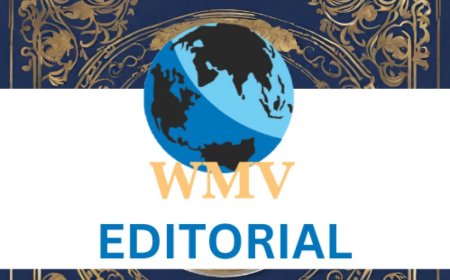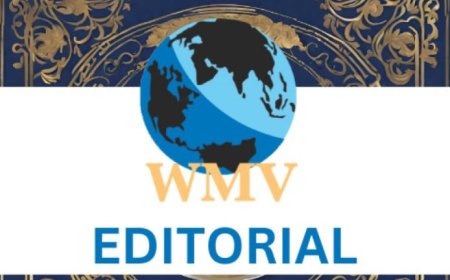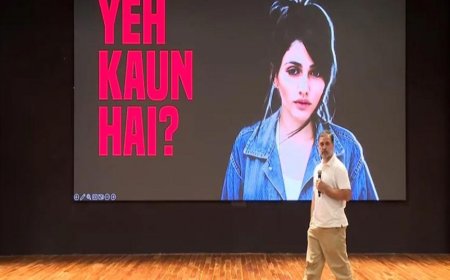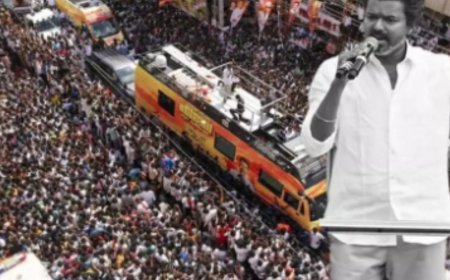Vande Mataram at 150: Key facts about India’s National Song
Vande Mataram, composed by Bankim Chandra Chatterjee, was first published in the literary journal Bangadarshan on 7 November 1875.

VANDE Mataram, India's National Song, is now 150 years old. The song, composed by Bankim Chandra Chatterjee, was first published in the literary journal Bangadarshan on 7 November 1875.
Literally translating to “Mother, I Bow to Thee,” Chatterjee incorporated the hymn in his immortal novel ‘Anandamath,’ which was published in 1882. It was set to music by Rabindranath Tagore, who sang it at the 1896 Congress Session in Calcutta.
Vande Mataram, as a political slogan, was first used on 7 August 1905, but it wasn't until 1950 that it was adopted as India’s national song.
Check key facts about Vande Mataram, India's national song:
Anand Math, by Bankim Chandra Chatterjee, was initially serialised in his Bengali monthly magazine Bangadarshan.
The song “Vande Mataram” appeared in the very first instalment of the serialisation of the novel in the March-April 1881 issue.
In October 1905, a Bande Mataram Sampradaya was founded in North Calcutta to promote the idea of the Motherland as a mission and a religious passion.
Every Sunday, the members of the society went out in Prabhat Pheris, singing “Vande Mataram” and accepting voluntary contributions from the people in support of the motherland. Rabindranath Tagore also sometimes joined the Prabhat Pheris of the Sampradaya.
In August 1906, an English daily titled Bande Mataram was launched under the editorship of Bipin Chandra Pal, with Sri Aurobindo later joining as joint editor. Through its sharp and persuasive editorials, the newspaper became a powerful instrument of India’s awakening, spreading the message of self-reliance, unity, and political consciousness to an all-India audience.
Alarmed by the rising influence of Vande Mataram — both as a song and slogan — the British administration adopted stringent measures to curb its spread.
In November 1905, a fine of ₹5 was imposed on each of the 200 students of a school in Rangpur, Bengal, as they were guilty of chanting Vande Mataram.
In Rangpur, prominent anti-partition leaders were instructed to serve as special constables and to prevent the chanting of Vande Mataram.
In November 1906, at a largely attended meeting held at Dhulia, Maharashtra, cries of Vande Mataram were raised.
In 1907, when Bhikaji Cama raised the tricolour flag for the first time outside India in Stuttgart, Berlin, the words Vande Mataram were written on it.
In 1908, at Belgaum, Karnataka, on the day Lokmanya Tilak was being deported to Mandalay in Burma, the police thrashed many boys and arrested many persons for chanting Vande Mataram against a verbal order prohibiting the same.
In the Constituent Assembly, there was absolute unanimity in adopting both Jana Gana Mana and Vande Mataram as National symbols, and no debate ensued on the issue.
On 24 January 1950, Dr Rajendra Prasad addressed the Constituent Assembly, stating that Vande Mataram, due to its significant role in the freedom movement, should have the same status as the National Anthem, Jana Gana Mana, and be honoured equally.
He said, “There is one matter which has been pending for discussion, namely the question of the National Anthem. At one time it was thought that the matter might be brought up before the House and a decision taken by the House by way of a resolution. But it has been felt that, instead of taking a formal decision by means of a resolution, it is better if I make a statement with regard to the National Anthem.”
His statement was adopted with Rabindranath Tagore’s Jana-Gana-Mana being adopted as the National Anthem of independent India, and Bankim's Vande Mataram being adopted as the National Song with an equal status as Jana-Gana-Mana.

